Ditapis dengan
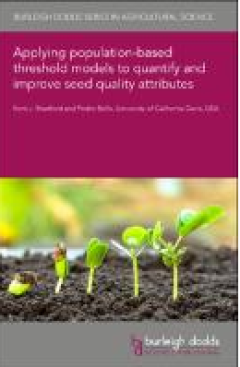
Applying Population-based Threshold Models to Quantify and Improve Seed Quali…
Achieving rapid and uniform stand establishment in crops requires a combination of high-quality seeds and appropriate environmental conditions. In particular, temperature and soil moisture (or water potential) are the major factors influencing germination in the field. In this chapter, we focus on the application of population-based threshold (PBT) models to characterize seed germination time c…
- Edisi
- -
- ISBN/ISSN
- 978-1-80146-358-4
- Deskripsi Fisik
- 89 hlm.
- Judul Seri
- -
- No. Panggil
- -
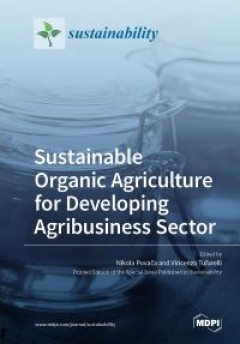
Sustainable Organic Agriculture for Developing Agribusiness Sector
Developing sustainable organic agriculture and resilient agribusiness sector is fundamental, keeping in mind the value of the opportunity presented by the growing demand for healthy and safe food globally, with the expectation for the global population to reach 9.8 billion by 2050, and 11 billion by 2100.Lately, the main threats in Europe, and worldwide, are the increasingly dynamic climate cha…
- Edisi
- -
- ISBN/ISSN
- 978-3-0365-1218-1
- Deskripsi Fisik
- 332 hlm.
- Judul Seri
- -
- No. Panggil
- -
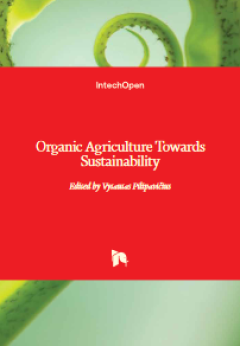
Organic Agriculture Towards Sustainability
Organic agriculture combines tradition, innovation and science to benefit the shared environment and promotes fair relationships and a good quality of life. This book is a compilation of 11 chapters focused on development of organic agriculture, the role of sustainability in ecosystem and social community, analysis of environmental impacts of the organic farming system and its comparison with t…
- Edisi
- -
- ISBN/ISSN
- 978-953-51-5392-4
- Deskripsi Fisik
- 288 jlm.
- Judul Seri
- -
- No. Panggil
- -
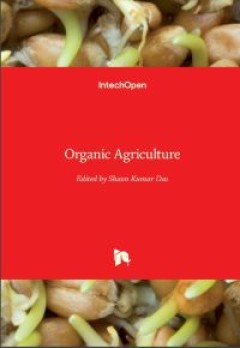
Organic Agriculture
Organic crop production is the science and art of growing field crops, fruits, vegetables, and flowers by adopting the essential principles of organic agriculture in soil building and conservation, pest management, and heirloom variety conservation. This book provides detailed insights into organic farming in agriculture, biological efficacy in the management of plant diseases, organic nutrient…
- Edisi
- -
- ISBN/ISSN
- 978-1-78984-720-8
- Deskripsi Fisik
- 170 hlm.
- Judul Seri
- -
- No. Panggil
- -
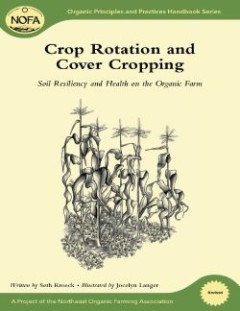
Crop Rotation and Cover Cropping: Soil Resiliency and Health on the Organic Farm
In Crop Rotation and Cover Cropping, you can learn some of the thinking behind—and the actual nuts and bolts of—laying out a rotation for your farm. This volume, part of the NOFA guides, covers: Historical roots of cover-crop techniques, Thinking beyond this season's cash crop (disease and pest reduction, weed suppression, cash vs. cover crops), What is a good rotation? (mapping the farm, g…
- Edisi
- -
- ISBN/ISSN
- 978-1-603-58346-6
- Deskripsi Fisik
- 96 hlm.
- Judul Seri
- Organic Principles and Practices Handbook
- No. Panggil
- -
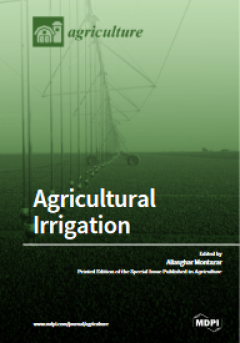
Agricultural Irrigation
Agriculture is certainly the most important food supplier while it globally accounts for more than 70% of water used and contributes significantly to water pollution. Irrigated agriculture is facing rising competition worldwide for access to reliable, low cost, and high-quality water resources. However, irrigation as the major tool and determinant of affecting agricultural productivity and envi…
- Edisi
- -
- ISBN/ISSN
- 978-3-03921-923-0
- Deskripsi Fisik
- 174 hlm.
- Judul Seri
- -
- No. Panggil
- -
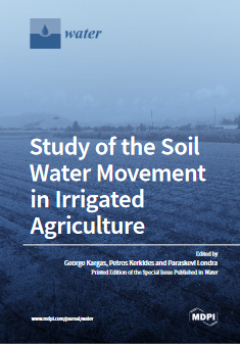
Study of the Soil Water Movement in Irrigated Agriculture
In irrigated agriculture, the study of the various ways water infiltrates into the soils is necessary. In this respect, soil hydraulic properties, such as soil moisture retention curve, diffusivity, and hydraulic conductivity functions, play a crucial role, as they control the infiltration process and the soil water and solute movement. This Special Issue presents the recent developments in the…
- Edisi
- -
- ISBN/ISSN
- 978-3-0365-6195-0
- Deskripsi Fisik
- 182 hlm.
- Judul Seri
- -
- No. Panggil
- -
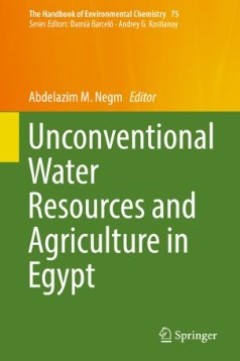
Unconventional Water Resources and Agriculture in Egypt
This unique volume presents up-to-date information and the latest research findings on unconventional water resources in Egypt and their connections to agriculture. It investigates how to cope with the severe shortage of water and how to improve the irrigation system’s efficiency. The main aspects addressed include: History of drainage and drainage projects in Egypt, Towards the integration o…
- Edisi
- -
- ISBN/ISSN
- 978-3-319-95071-6
- Deskripsi Fisik
- 535 hlm.
- Judul Seri
- The Handbook of Environmental Chemistry 75
- No. Panggil
- -
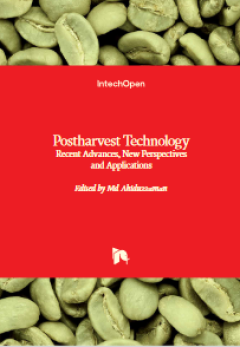
Postharvest Technology: Recent Advances, New Perspectives and Applications
Postharvest management of food crops is an important part of food safety and security across the supply chain. It includes processing of agricultural produce, storage, packaging and coating, postharvest disease management, extending shelf life, and maintaining food quality and safety. Postharvest Technology - Recent Advances, New Perspectives and Applications discusses some important aspects of…
- Edisi
- -
- ISBN/ISSN
- 978-1-83969-925-2
- Deskripsi Fisik
- 272 hlm.
- Judul Seri
- -
- No. Panggil
- -
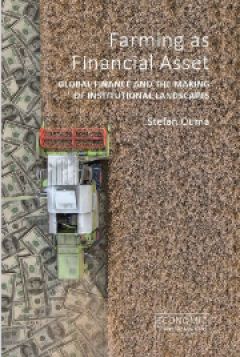
Farming as Financial Asset: Global Finance and the Making of Institutional La…
Since the global financial crisis, the world has seen a stark rise in financial investment in farming and agricultural production. Indeed, finance has been identified as one of the main causes of the so-called "global land rush". In a world with a growing population that needs to be fed, the financial returns from agriculture are sold as safe bets. The debate that this has prompted has been fre…
- Edisi
- -
- ISBN/ISSN
- 978-1-78821-187-1
- Deskripsi Fisik
- 222 hlm.
- Judul Seri
- -
- No. Panggil
- -
 Karya Umum
Karya Umum  Filsafat
Filsafat  Agama
Agama  Ilmu-ilmu Sosial
Ilmu-ilmu Sosial  Bahasa
Bahasa  Ilmu-ilmu Murni
Ilmu-ilmu Murni  Ilmu-ilmu Terapan
Ilmu-ilmu Terapan  Kesenian, Hiburan, dan Olahraga
Kesenian, Hiburan, dan Olahraga  Kesusastraan
Kesusastraan  Geografi dan Sejarah
Geografi dan Sejarah